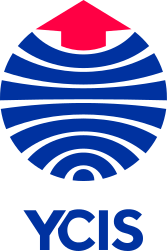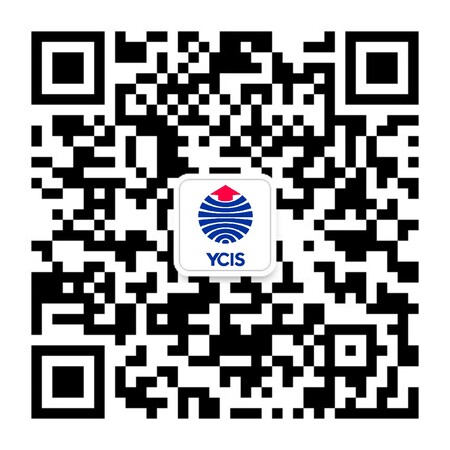Go Back
News
News
How Do we Group Students in the Learning Communities?
News
18 Jan, 2019
10 : 00
Our Primary Learning Communities are open-plan flexible spaces. They enable teachers and students to work collaboratively and fluidly in groups that change throughout the year. Ms Jane Kang, Year 5 Learning Community Leader, explains how we group students in the Upper Primary Learning Communities.
Teacher roles in the Learning Community
For core subjects, all homeroom teachers (Chinese and Western) are on hand. We also have EAL support and additional learning support staff whenever there is a need. We typically kick-start a topic with all the students and teachers from that year group together. Then, students will break away and work with small groups guided by a teacher to complete tasks.
Grouping students
We group students in lots of different ways. Among them:
Same ability. With this approach, teachers use their knowledge of students to group them with a handful of other students of the same ability to target specific learning points.
Mixed ability. Often it is beneficial for students to work in a mixed ability group. Teachers will organise these groups to ensure that everyone is able to play a meaningful role.
Student-led. When we introduce a topic, we show students the learning objectives and explain what area of the topic the groups will be exploring. We then ask students to choose the group they feel is the right fit for their learning – reminding them that they should feel challenged by the work. This approach gives students choice and autonomy over their learning, but teachers always oversee the groups to ensure that each student is being appropriately challenged.
Each of these groups has a teacher to guide students as they learn. We always try to rotate teachers between groups so students benefit from their different experience.
Changing groups
When a student has accomplished their learning in a group, teachers will help them move on to a more challenging task, depending on what point in the unit of learning the students are at.
In different subjects, student groupings are different. So in any one day, your child will have worked with a great variety of other students and teachers spanning their year level.
Sometimes group work will last for a few days, after which the groups will change again. Sometimes they can last up to two weeks if students are working on an extended project.
Chinese language
Our Chinese co-teachers lead groups and offer teacher support throughout this entire process, so students have constant exposure to Chinese teaching and conversation.
Why do we do this?
There are so many benefits to the Learning Community model. In particular, we give autonomy to our students. They can take charge of their learning by deciding what they want to explore. It really allows them to engage with a subject.
The variation offered by these groups means that students don’t get bored. They work with different students and teachers all the time and benefit from their different interests and experience.
Finally, this kind of approach really enhances our students’ collaboration and team work skills – essential skills for life!












